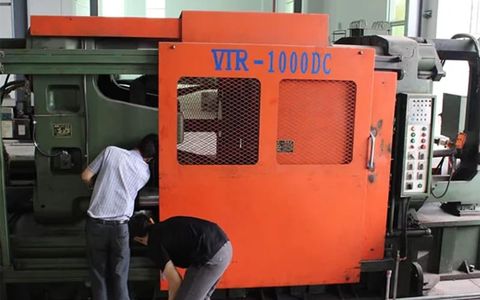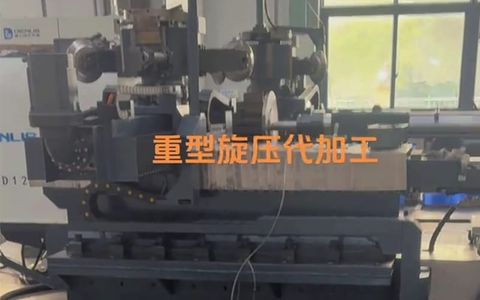Power and Force Requirements
Spinning large metal cylinders requires substantial power and force, far exceeding the capabilities of conventional spinning machines.
Power and Force Requirements
Spinning large metal cylinders requires substantial power and force, far exceeding the capabilities of conventional spinning machines. The process involves transforming thick metal blanks into precise cylindrical shapes, which demands high axial and radial forces. For instance, the forming of steel blanks with significant thicknesses necessitates machines capable of exerting tremendous pressure to achieve the desired deformation without compromising the material’s integrity.
Conventional spinning machines often fall short in meeting these high force requirements. Their limited forming force capacity and structural robustness can lead to inefficiencies, inconsistencies, and potential damage to both the machine and the workpiece. These limitations necessitate the development and utilization of more powerful, robust spinning equipment capable of handling the extreme demands of large-scale metal forming operations.


 English
English
 Deutsch
Deutsch
 العربيّة
العربيّة



